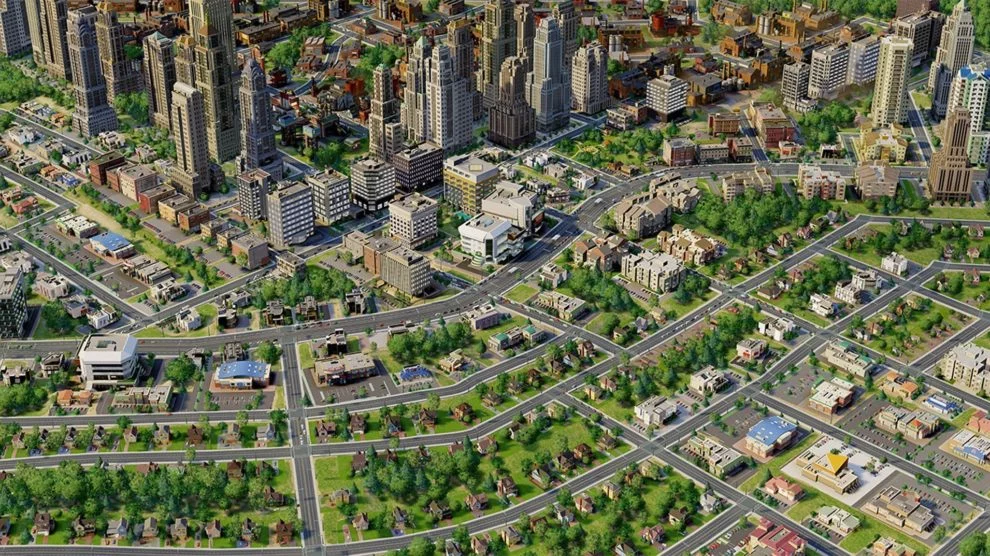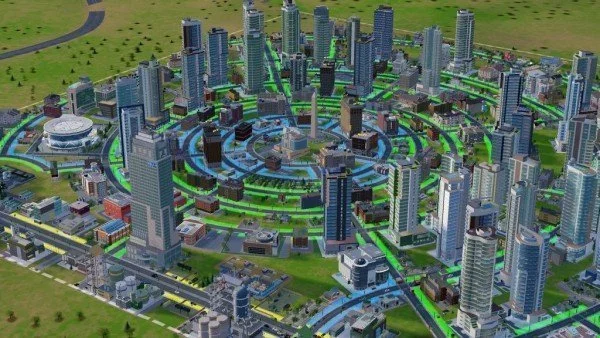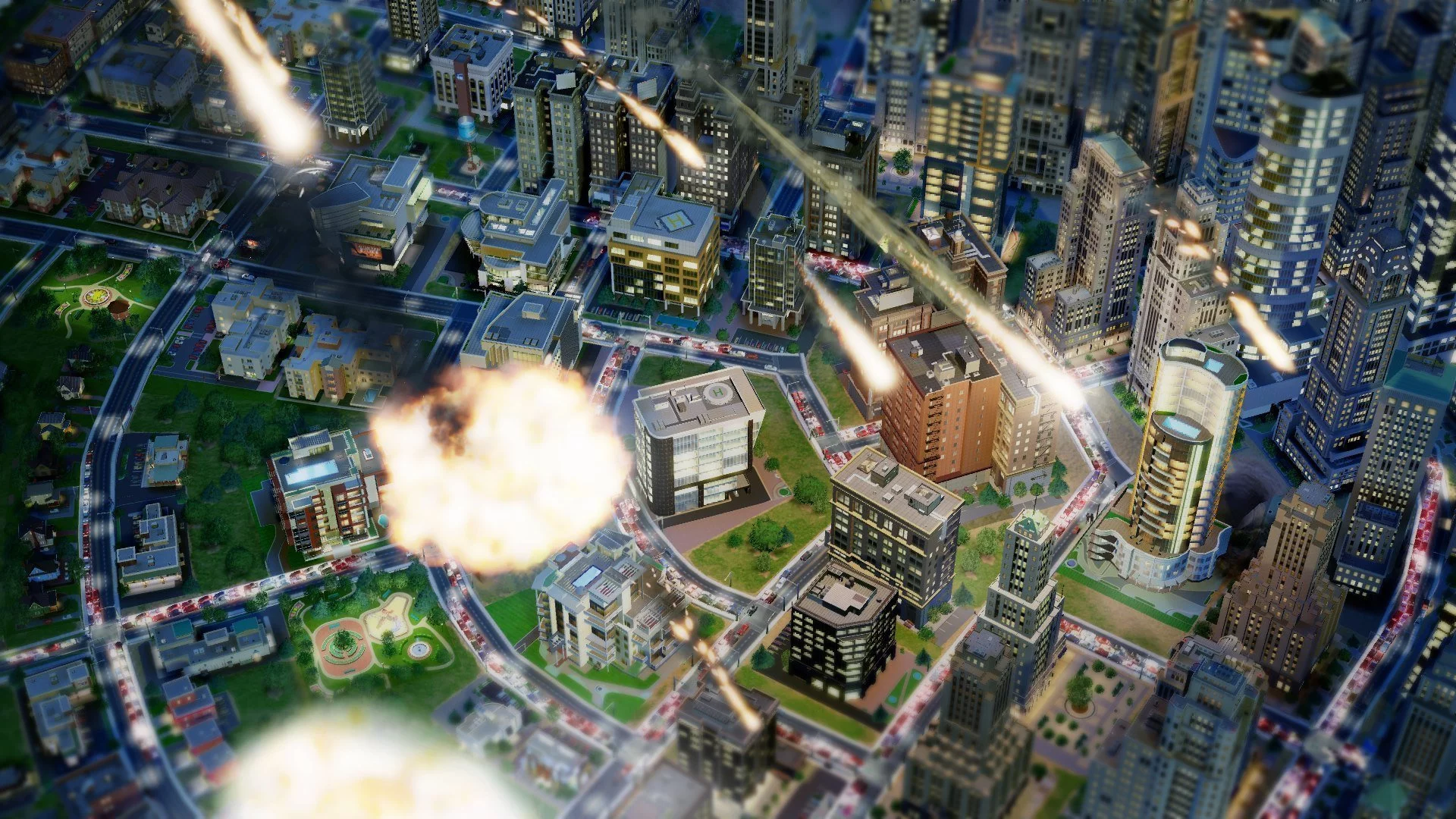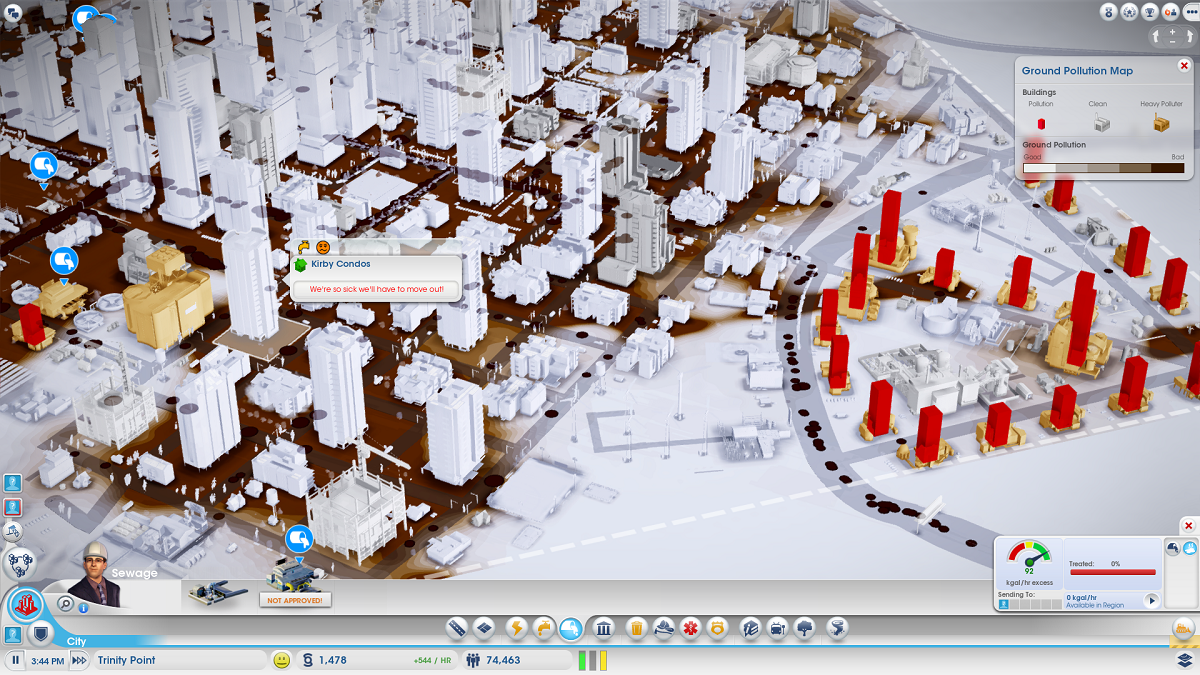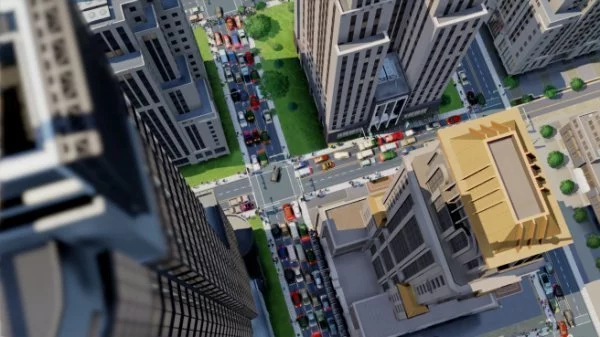With all of the furore surrounding the recent release of SimCity on PC, it was easy to forget that there was also a game to be played. The issues that did plague the launch caused a great deal of headaches among players, and it is important to acknowledge that there was indeed a problem. But we’ll get to that.
SimCity, of course, is a hugely popular series, and has appeared in at least 7 major iterations across numerous platforms since its initial release in 1989 (yes, you read that right — the original SimCity is 24 years old). SimCity Societies, the last major PC release (not including SimCity Social on the Facebook platform) was released in 2007 to mixed reviews, as that particular title tried to switch up the standard SimCity gameplay, making it somewhat removed from the core timeline. Now, 10 years after the last core release (SimCity 4), EA and Maxis have returned with a refreshing new take on the franchise, but one that closely follows the principles that has made the series so popular.
This new SimCity is an always-online title that requires constant connection via EA’s Origin network. The game’s developers have stated this requirement is in place to add a major new component of the game: multiplayer. For the first time (again, ignoring SimCity Social), SimCity players can now connect their cities with those of other gamers worldwide — be they friends or strangers — and work together to achieve their goals.
On loading SimCity, new players are given an option (once they’ve completed the tutorial, of course) — join an existing game, or create a new one. Choosing to join an existing game will present the player with a list of regions created by other gamers. From there, any available city in the selected region can be claimed. Similarly, creating a new game will present a list of empty regions, allowing players to create public or private games. Multiple concurrent regions can be saved on a given server (as SimCity uses cloud saves), and invites can be sent to friends to join any kind of game.
Regions can be flat or mountainous, large or small (larger regions containing up to 16 cities, and the smallest, only 3), and contain a number of environmental features. Cities themselves vary by land structures, as well as the amount of water, crude oil, ore and so on that they may contain, allowing players to have a basic idea of the kind of city that can be built therein. Cities in a region can be connected by roads or train tracks, and in some cases, not at all, so there are a number of considerations to be made when claiming a city in a region. It took me several attempts to discover this as the game doesn’t necessarily make everything perfectly clear.
From there, this new title follows its predecessors in terms of gameplay. Lay out the roads of your city, zone residential, commercial, and industrial, connect the basic utilities, and watch as your little town grows. Maxis has tweaked this basic recipe in terms of simplicity — gone is the need to ensure your utilities are connected, gone is the need to lay water pipes across your city, gone is the need to troll through page after page of (seemingly) meaningless data in order to solve a crippling problem.
Now, all utilities flow along roads, and every building connected to the road is therefore connected to utilities. Now, every variable has its own visual overlay — from ground and air pollution, to crime, to happiness, even down to the likelihood of your zones to “grow” in terms of density (zoning no longer requires the player to select a level of density, it all starts out low, and grows over time). Something else that’s new? Curvy roads. It’s now a whole lot easier to get that all-important city layout RIGHT.
Where things do get complicated, are the game’s types of road types; confusingly, this is where player choice has an effect on zone density. There are essentially two kinds of roads — streets and avenues (the latter being the wider thoroughfare). Each has an option for low to high density, meaning that initially, players can choose to lay low density streets at low cost, and upgrade them over time. What players CAN’T do, though, is upgrade from a street to an avenue. Only a bulldozer can do that.
There are so many choices in terms of building types — all the standards in terms of utilities (however, there are many new choices for upgrades now, each with their own pros and cons), a good variety of educational facilities, a huge variety of parks, and some new additions by way of specialisations. Contrary to my initial misunderstanding, these don’t necessarily turn a city into a tourist town ONLY, for example — one of my towns is part tourist town, part industrial with a large processor factory churning out computer chips for export. It also houses a University that services the whole region. In essence, specialisations really open up the gameplay, providing a means to sculpt a pure mining town, if that’s what you’re after, or simply add necessary components to just build a large population. The choice is up to the player.
Of course, the new multiplayer functionality does mean that all that mining that your town does can be sold on the “global” market — or simply to friends playing in the same region (or to yourself, if you have a region filled with cities mostly claimed by yourself). This adds additional revenue streams for the city and allows for bigger and better specialisations. Beyond this? This new SimCity brings a new addition in the form of “Great Works” — areas within a region that can be utilised to build something to service the region as a whole. This could involve building a Solar Array to provide power to the region and allow for one less utility cost at a city level, or even an “International” airport, to bring more tourists into the region. Cities work together to provide the money and resources to build these Great Works, and this really adds a new goal that was somewhat missing in previous iterations of SimCity.
However, all is not perfect. Curvy roads just don’t result in a layout that is conducive to good growth. What looks good is functionally bad, unfortunately, and part of this comes down to the way in which SimCity “plops” (their words, not mine) buildings; the game doesn’t fill out the empty space, it just has set buildings of various shapes and sizes that it uses to fill the available space. This means that there will ALWAYS be empty spaces, no matter how well you try to lay things out. You’ll become good friends with the bulldozer as your city grows.
On a similar note, removal of the terrain modifiers was a terrible decision. Unfortunately the road tool doesn’t just let players lay roads wherever they like — the terrain flattening engine also becomes involved. If it doesn’t like what you’re proposing, it just won’t allow a road to be placed, and in my mildly hilly mining town, it means I have huge chunks of empty space that I just can’t work with. Growth becomes an issue where it wouldn’t have in previous titles in the series.
Speaking of large empty spaces — why is there so much space between cities in a region? I guess it works aesthetically, but it’s strange to build my city up to the boundary and have it be surrounded by empty land. Which, I guess, brings me to what seems to be a common complaint — small city sizes. In comparison to previous SimCity titles, each city in this new game feels about half the size. Is this a bad thing? Not really, at least not for me. Yes, it’s limiting, but it creates a new challenge in that players need to try to build that certain city-type within a limited range. Any larger would have a negative effect on the region at large, as I guess I would be able to achieve everything I wanted to within a single city — which was clearly not the intention of the developers. Their intention, of course, was for players to work together to build regions that achieve all of their goals. Together.
Which brings me back full circle. It seems that the cause of all the launch issues has been due to the always-online requirement and the need to join a server to be able to play. In other words, there is no local gameplay or save files. EA and Maxis were unprepared for the load, and at the time of writing a week after launch, the issues are only just starting to go away — but the game is still running at reduced functionality; Maxis has turned off a few functions in an update to improve performance. Things have improved greatly, and the game is a hell of a lot of fun to play so you’d be silly to keep waiting, but it just doesn’t sit right with me. If the game was really built around multiplayer, and this has driven the need for an always-on Internet connection, why does it still feel like a single-player game (from a particular point of view)? Alternatively, if there really is a lot of server-side processing going on, then why is it still possible to play when the servers go down (or even when you simply disconnect from the Internet, a la Stephen Totilo from Kotaku)?
From my perspective, what could have been a truly great game has been marred by something that was completely avoidable. I’m not a game developer, and I do trust Maxis when they say that making the game offline would be a huge and almost impossible task, but I can’t help but imagine that it didn’t HAVE to be this way. The public outcry was clearly noted (and well responded to) by Maxis, and I’m sure the reduced sales as a result of Amazon removing the SKU until the issues were resolved, not to mention the costs for hardware and services to reduce the server load have all had a profound impact on EA and Maxis, but I can’t stress it enough — SimCity still feels like a single-player game, and given the ability to create private regions, it’s entirely playable as one.
What does this mean? In the end, when it came to a review score I was torn between what I feel the game may well deserve and the experience I actually had. I didn’t want these initial issues to mar what is actually a great game. In the end, though, it does. Has Maxis created a fresh new take on the SimCity franchise? Definitely yes — after all, this is the first SimCity I’ve played where the emphasis is on creating a great city as opposed to just making a hell of a lot of money. Would I have scored the game higher if there were no server issues? Possibly yes. Even so, this is a great– but flawed — simulation game, and it probably shouldn’t be missed.
 |
Click here to learn more about Stevivor’s scoring scale.
This article may contain affiliate links, meaning we could earn a small commission if you click-through and make a purchase. Stevivor is an independent outlet and our journalism is in no way influenced by any advertiser or commercial initiative.























